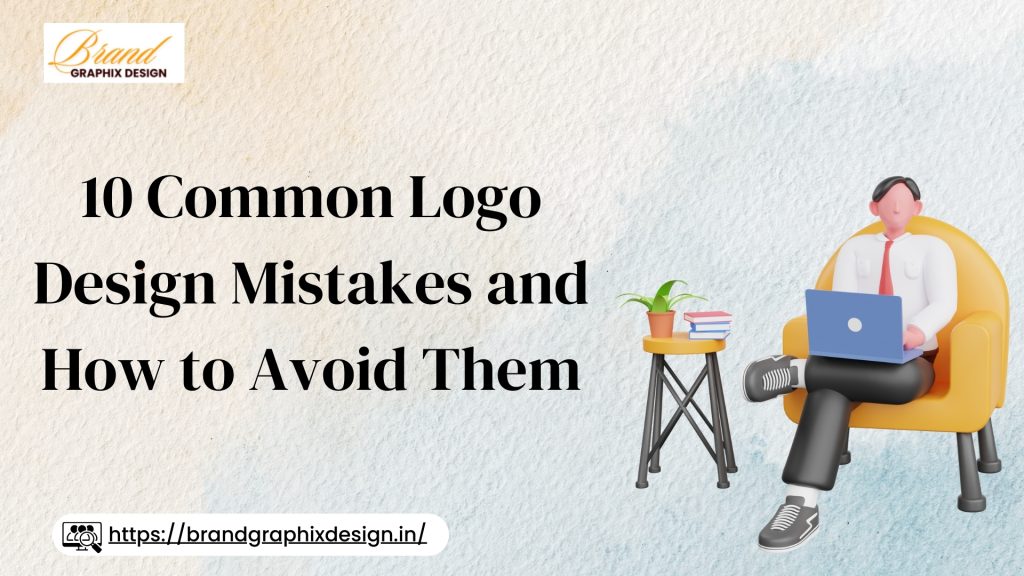Introduction: Font pairing plays a crucial role in logo and packaging design, as it helps create a cohesive and visually appealing brand identity. The right combination of fonts can enhance readability, establish brand personality, and ensure consistency across different design elements. Choosing the wrong fonts can lead to confusion and miscommunication, weakening the brand’s overall impact. This article explores the importance of font pairing and how it contributes to effective logo and packaging design.
Establishing Brand Identity Through Fonts: Fonts are a vital part of a brand’s visual language, shaping how consumers perceive a product. A well-chosen font combination can convey professionalism, playfulness, elegance, or innovation. For instance, luxury brands often use serif fonts for a classic and sophisticated feel, while tech brands may opt for modern sans-serif fonts. Effective font pairing helps reinforce the brand’s personality, making it easier for customers to recognize and connect with the brand.
Improving Readability and Clarity: Legibility is a critical aspect of logo and packaging design. The right font pairing ensures that text is easy to read at various sizes and on different materials. Combining a bold headline font with a clean body font can help highlight important information while maintaining clarity. Poor font choices, such as overly decorative or complex typefaces, can make text difficult to read, reducing the effectiveness of the design.
Creating Visual Hierarchy: A well-structured font pairing helps establish a clear visual hierarchy, guiding consumers’ attention to key elements of the design. By using contrasting fonts for headlines, subheadings, and body text, designers can create a structured flow of information. For example, a bold display font for the logo combined with a sleek, minimal font for product descriptions enhances readability and organization, making the design more engaging and functional.
Enhancing Packaging Appeal: Packaging design is essential for attracting customers and communicating product details. Font pairing contributes to the aesthetic appeal of packaging by balancing creativity with functionality. A visually harmonious combination of fonts can create a unique and recognizable packaging design. Brands often use a combination of serif and sans-serif fonts to achieve a balance between tradition and modernity, helping products stand out on shelves.
Choosing Complementary Fonts: When pairing fonts, selecting complementary styles is crucial for maintaining design harmony. Designers often use contrast to create an engaging visual effect while ensuring consistency. For example, pairing a script font with a sans-serif typeface can add elegance while maintaining readability. Avoiding fonts that clash in style or weight helps create a unified and polished design, enhancing brand recognition.
Using Fonts to Evoke Emotion :Typography has a psychological impact, influencing how consumers feel about a brand. Different fonts evoke different emotions, affecting customer perception. A handwritten script font can convey warmth and friendliness, while a bold, geometric font can suggest strength and stability. Thoughtful font pairing ensures that the brand message aligns with the intended emotional response, strengthening the overall branding strategy.
Maintaining Consistency Across Branding: Consistency is key in branding, and font pairing plays a vital role in ensuring uniformity across all brand elements. Using the same font combinations in logos, packaging, websites, and marketing materials creates a cohesive identity. Inconsistent typography can lead to confusion and weaken brand recognition. By maintaining consistency, brands establish a strong visual presence that consumers can easily identify.
Considering Industry Trends and Standards: Staying informed about typography trends helps brands remain relevant and appealing to modern consumers. Minimalist sans-serif fonts are popular in tech and beauty industries, while traditional serif fonts are favored by luxury brands. Understanding industry-specific typography trends allows designers to make informed font pairing choices that align with consumer expectations and market positioning.
Testing and Refining Font Combinations: Font pairing requires testing to ensure effectiveness in different applications. Designers should evaluate how fonts appear on various surfaces, such as print packaging, digital screens, and promotional materials. Conducting A/B tests and gathering consumer feedback helps refine font choices for maximum impact. Adjustments may be needed to improve readability, alignment, or overall visual appeal, ensuring the best results.
Conclusion: Font pairing is a fundamental aspect of logo and packaging design, influencing brand identity, readability, and overall aesthetic appeal. Thoughtfully chosen font combinations enhance visual hierarchy, evoke emotions, and maintain brand consistency. By understanding typography principles, industry trends, and consumer perception, businesses can create compelling designs that effectively communicate their brand message. Investing in strategic font pairing ensures a strong, memorable brand presence in the competitive market.




